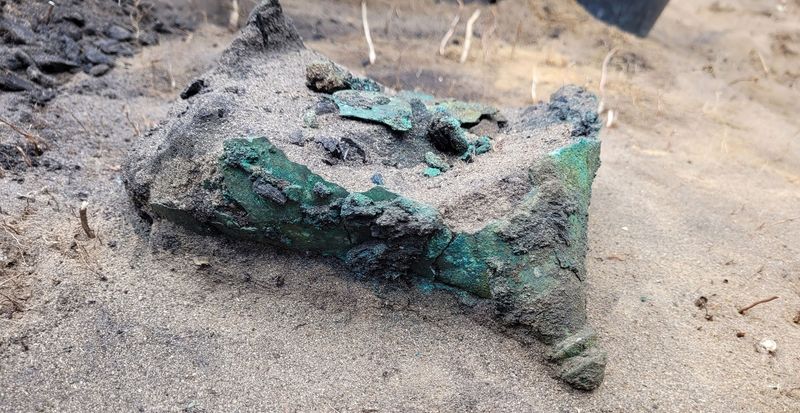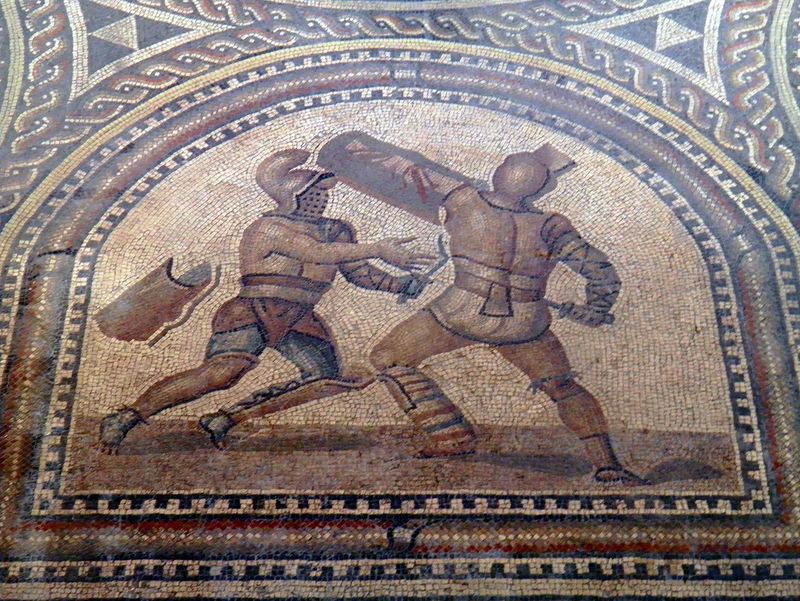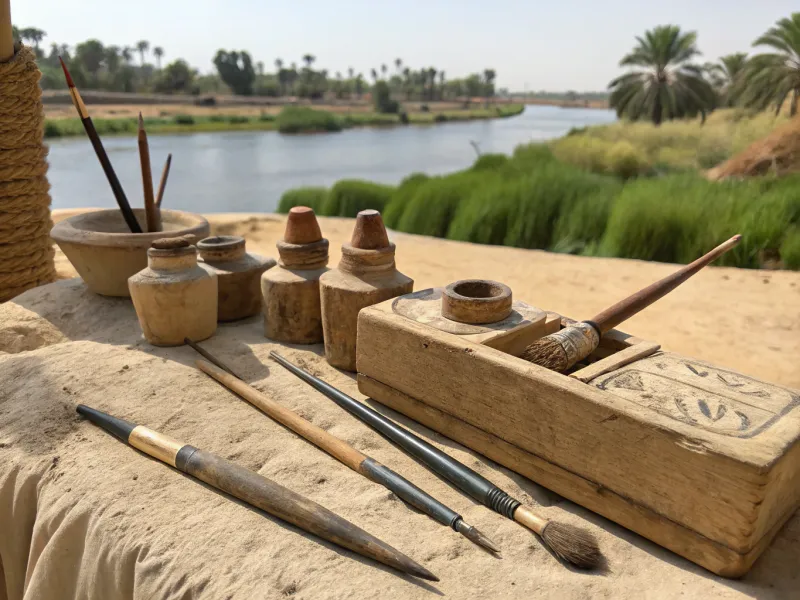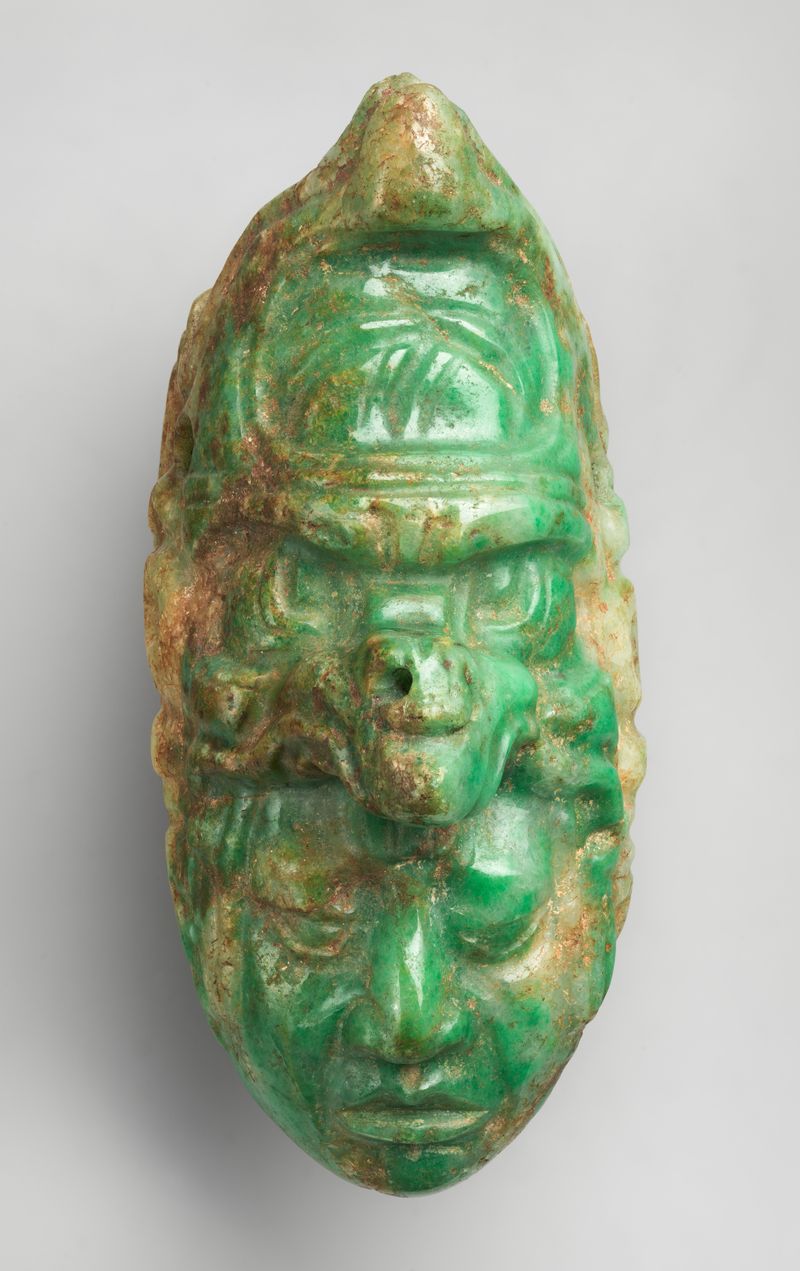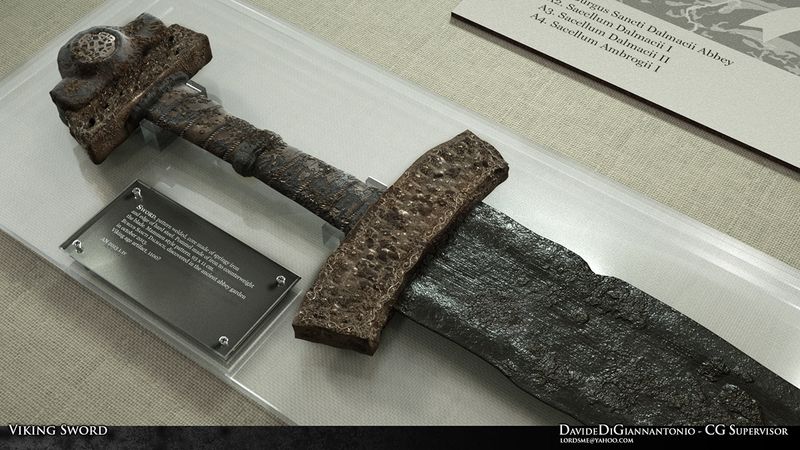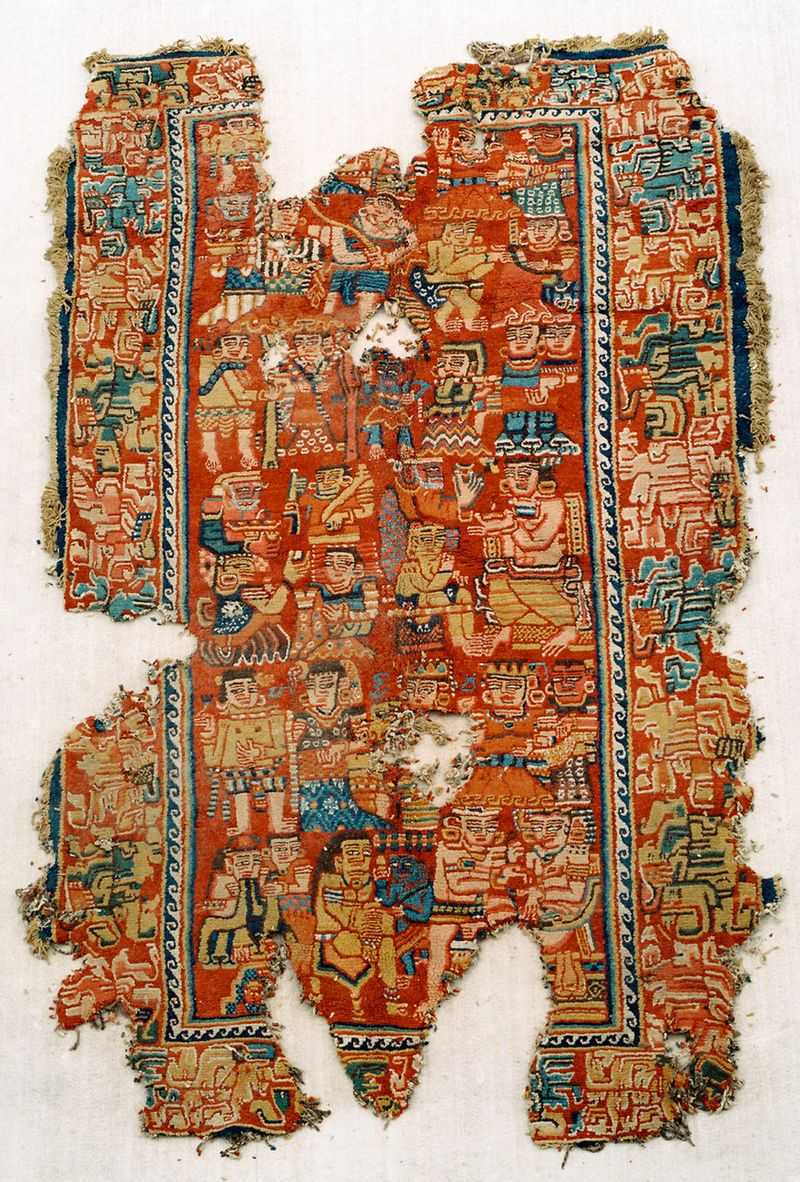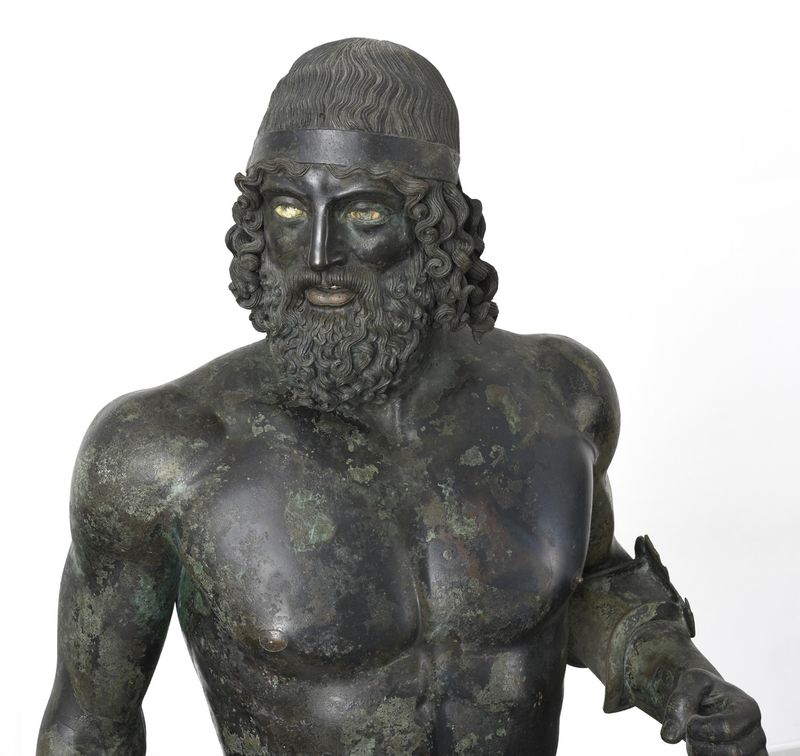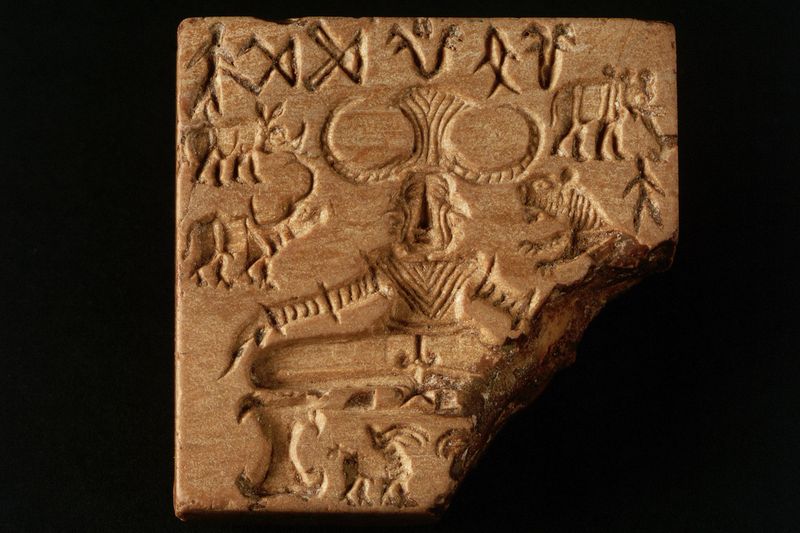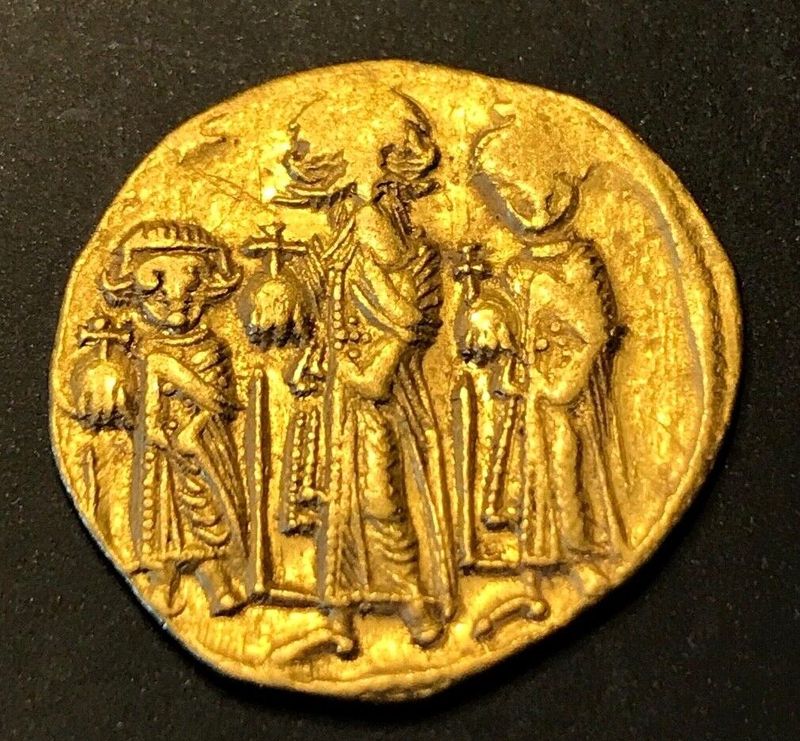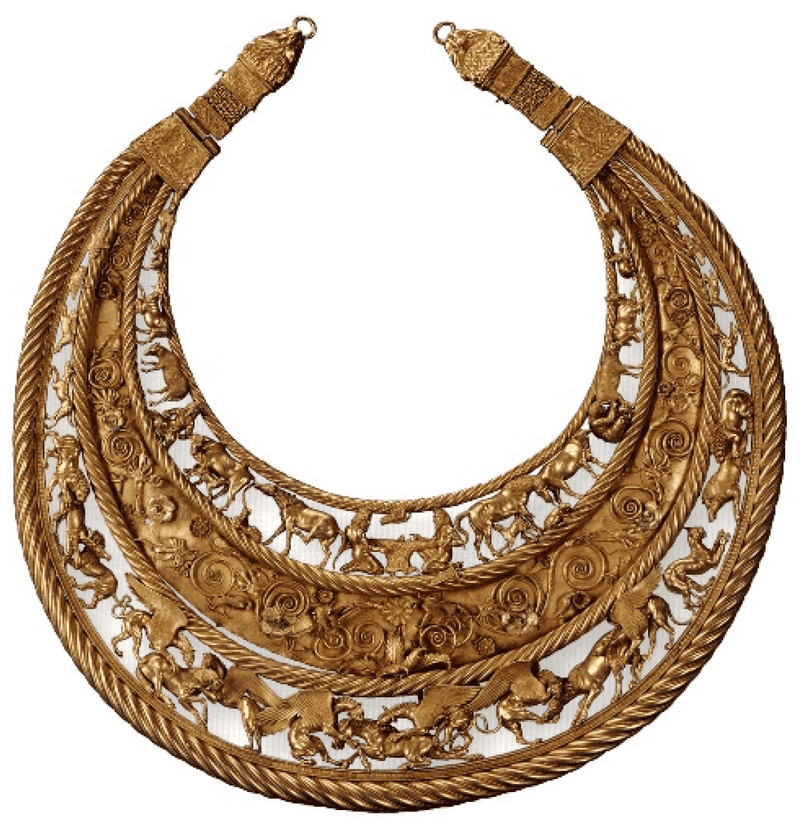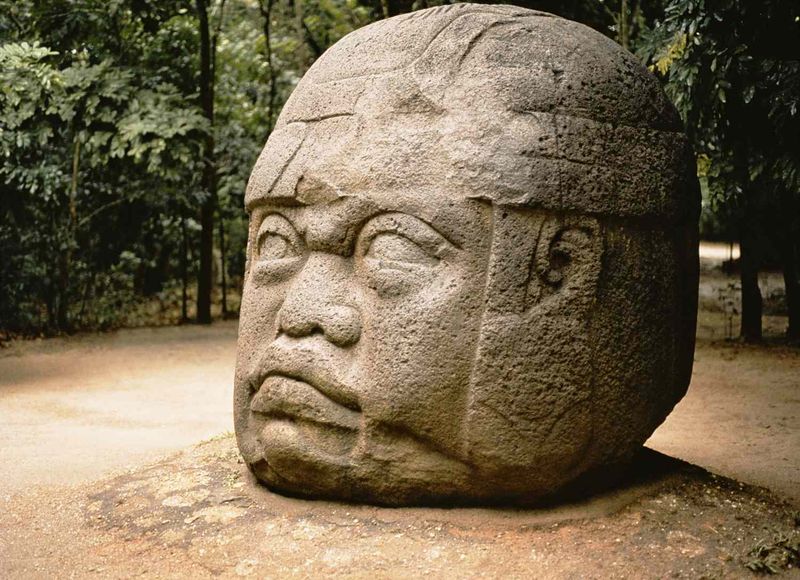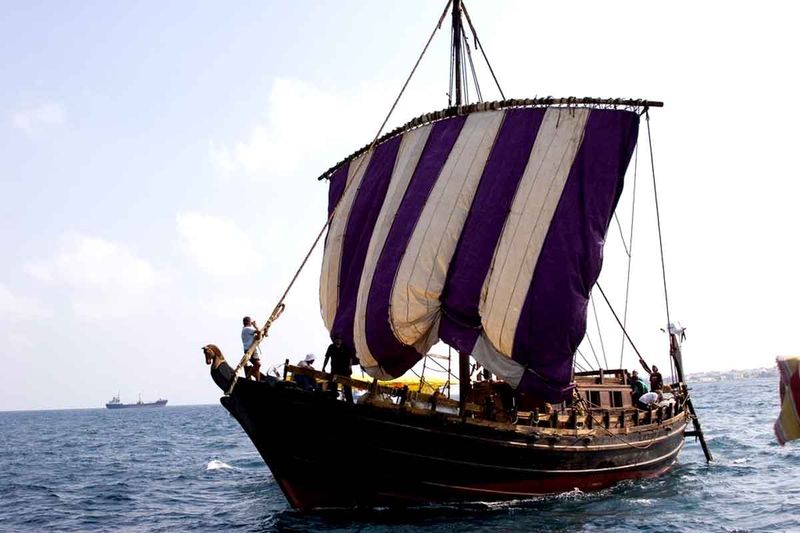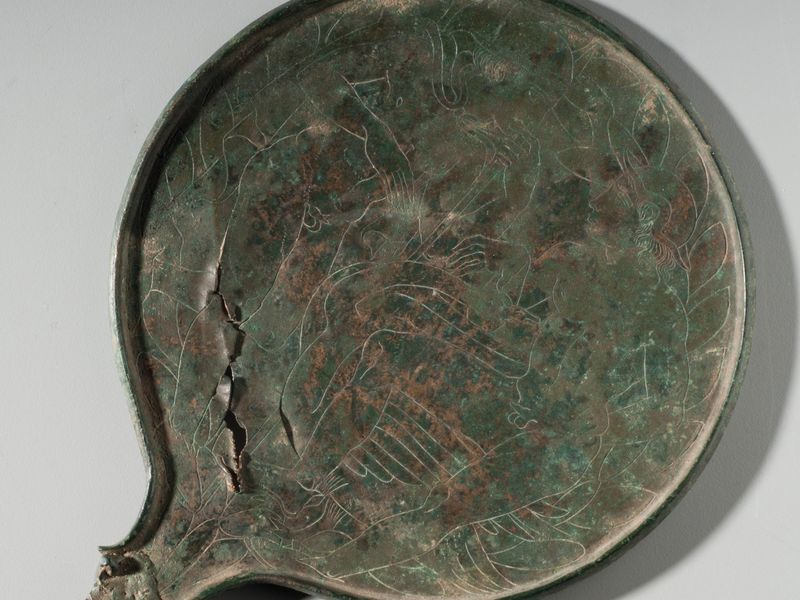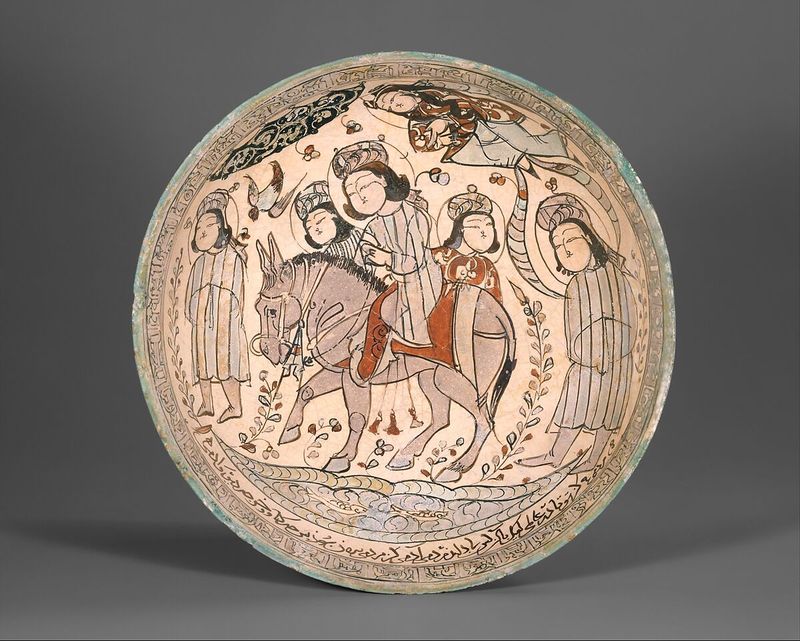Over the last decade, the world has witnessed some incredible archaeological discoveries that have reshaped our understanding of ancient civilizations. From hidden treasures to mysterious relics, these artifacts provide unique insights into our past. Here, we explore 15 remarkable ancient artifacts unearthed recently that captivate both historians and enthusiasts alike.
Celtic Warrior’s Helmet
Unearthed in the lush fields of England, this Celtic warrior’s helmet, dating back to the Iron Age, offers a glimpse into the martial prowess of ancient tribes. Its intricate patterns and craftsmanship are a testament to the artistic skills of its makers. The discovery has sparked interest among historians and archaeologists alike, eager to unravel the mysteries of its past.
This helmet’s preservation is remarkable, providing a rare opportunity to study early European armor. Such finds enrich our historical narrative and reveal cultural exchanges across regions. The helmet stands as a symbol of ancient valor and intricate design.
Roman Gladiator Mosaic
In the ruins of an ancient villa in Italy, a stunning Roman mosaic was uncovered, illustrating a vibrant gladiator scene. This artifact showcases the grandeur and brutality of Roman entertainment, immortalized in intricate stonework.
Each tile tells a story of fierce competition and societal spectacle, offering historians a vivid portrayal of Roman life. The mosaic’s well-preserved state allows for a detailed study of Roman art techniques.
Such discoveries provide a tangible connection to the past, revealing insights into cultural values and leisure activities of ancient Rome, enriching our understanding of historical contexts.
Egyptian Scribe’s Tools
Recently found near the Nile River, these Egyptian scribe tools date back thousands of years and include brushes, ink pots, and rods. These artifacts shed light on the scholarly practices of ancient Egypt, emphasizing the importance of writing in their civilization.
The tools’ discovery offers valuable insights into the daily life and education of Egyptian scribes, who were key to documenting history and culture.
Preserved in remarkable condition, they provide a rare glimpse into the sophisticated methods of record-keeping. Such findings highlight the intellectual and cultural advancements of ancient Egypt.
Mayan Jade Pendant
Hidden deep within the Central American jungle, a magnificent Mayan jade pendant was discovered, adorned with intricate carvings of ancient symbols and deities. This artifact reflects the Mayans’ artistic brilliance and spiritual beliefs.
The pendant’s craftsmanship reveals the advanced techniques used by Mayan artisans, illustrating their reverence for nature and the divine. Its discovery has opened new avenues for understanding Mayan culture and religion.
Such treasures are invaluable in piecing together historical narratives, offering a tangible link to the spiritual and artistic endeavors of the ancient Mesoamerican civilization.
Viking Sword
From a Scandinavian burial site, archaeologists unearthed a Viking sword, its blade adorned with ornate engravings and aged by time. This weapon offers a glimpse into the martial culture and craftsmanship of Viking warriors.
The sword’s design reflects the metallurgy skills prevalent during the Viking Age, showcasing both function and artistry. Its discovery adds depth to our understanding of Viking society and their expansion across Europe.
Such artifacts are pivotal in reconstructing historical narratives, highlighting the Vikings’ influence and the cultural exchanges that shaped medieval Europe.
Ancient Chinese Silk
Recently uncovered from an ancient tomb in China, a piece of silk with elaborate patterns showcases the exquisite craftsmanship of early Chinese weavers. This artifact highlights the significance of silk in China’s economy and culture.
The preservation of the silk allows historians to study ancient weaving techniques and the cultural symbolism embodied in its patterns. Such finds illuminate the trade routes that spread Chinese silk across the ancient world.
This silk piece stands as a testament to China’s long-standing tradition of textile artistry, offering insights into the cultural and historical contexts of its origin.
Greek Bronze Statue
Discovered on a Mediterranean seabed, this Greek bronze statue depicts a mythological figure, its features tarnished yet striking. The statue exemplifies the artistry and mythological significance in ancient Greek culture.
The underwater find has amazed archaeologists, offering clues about ancient seafaring and trade networks. Each detail in the statue’s design communicates the cultural narratives and aesthetic values of the time.
Such discoveries enrich our understanding of Greek mythology and the artistic endeavors that celebrated these timeless tales, linking modern audiences with the ancient world.
Indus Valley Seals
In a South Asian excavation site, archaeologists have unearthed Indus Valley seals, engraved with symbols and animal figures. These artifacts offer a glimpse into the trade and communication practices of this ancient civilization.
Each seal reveals aspects of economic and cultural activities, showcasing the complexity of the Indus Valley’s social structure. Their discovery aids in deciphering the enigmatic script of the Indus Valley Civilization.
These seals are pivotal in understanding the region’s history, illustrating the intricate craftsmanship and the importance of commerce in shaping ancient societies.
Byzantine Gold Coins
A cache of Byzantine gold coins was unearthed in an ancient market site along the Mediterranean, each coin bearing intricate designs and inscriptions. These coins illuminate the economic and artistic achievements of the Byzantine Empire.
Their discovery provides valuable insights into trade networks and monetary systems of the time, reflecting the empire’s prosperity and cultural richness. Historians get a glimpse into the daily life and commerce of the Byzantine era.
Such finds enhance our understanding of Byzantine society, revealing connections between ancient economies and their lasting legacies.
Scythian Gold Jewelry
In the windswept Eurasian steppes, archaeologists discovered exquisite Scythian gold jewelry, featuring detailed animal motifs. These adornments highlight the craftsmanship and cultural symbolism of the ancient Scythians.
Each piece of jewelry reflects the nomadic lifestyle and artistic expressions unique to this civilization, offering valuable insights into their social structures and beliefs.
This discovery enriches our historical knowledge, illustrating the Scythians’ interactions with neighboring cultures and their influence across regions, thereby deepening our appreciation for ancient artistic achievements.
Olmec Stone Head
Deep in the rainforest, a colossal Olmec stone head was uncovered, its detailed carvings a testament to the artistic prowess of the Olmec civilization. These stone heads represent the cultural and spiritual life of the Olmecs.
The discovery sheds light on the religious and societal structures prevalent in ancient Mesoamerican cultures. Each head tells a story of leadership and identity among the Olmec people.
Such remarkable finds connect us to the past, illustrating the cultural richness and complexity of ancient civilizations. They offer a unique perspective on the artistic achievements of the Olmecs.
Phoenician Merchant Shipwreck
Discovered off the Mediterranean coast, this Phoenician merchant shipwreck reveals a treasure trove of ancient cargo, shedding light on ancient trade routes and maritime prowess. The ship’s relics show the Phoenicians’ expansive trade networks.
Artifacts recovered from the site offer insights into the goods exchanged across cultures, reflecting the Phoenicians’ role in connecting ancient civilizations. The shipwreck’s preservation allows for detailed archaeological study.
Such discoveries highlight the interconnectedness of ancient societies and the significance of maritime trade in cultural exchanges and economic development, enriching our understanding of historical progressions.
Etruscan Bronze Mirror
In an Italian tomb, an Etruscan bronze mirror was found, its surface intricately engraved with mythological scenes. This artifact reflects the Etruscans’ artistic skills and mythological narratives.
The mirror provides insights into the personal grooming and cultural practices of the Etruscan society, illustrating their appreciation for artistry and storytelling.
Its discovery aids historians in exploring Etruscan cultural and artistic influences, offering a glimpse into the aesthetics and societal values of this fascinating civilization.
Persian Ceramic Bowl
Uncovered in an ancient Persian settlement, this ceramic bowl with vibrant glaze and intricate patterns showcases the artistic ingenuity of Persian artisans. Its design reflects the cultural and aesthetic values of ancient Persia.
The bowl’s discovery reveals aspects of daily life and trade in Persian society, highlighting the significance of ceramics in cultural expressions. Historians gain insights into the production techniques and trade practices of the region.
Such artifacts enhance our understanding of Persian art and its influence on subsequent cultures, offering a window into the past’s artistic achievements and social frameworks.

